Lizards may seem like low-maintenance pets that are content to simply bask under heat lamps all day, but these fascinating reptiles need mental and physical stimulation just like any other pet. A bored lizard can develop behavioral issues, health problems, and may not display its natural behaviors that make lizard-keeping such a rewarding hobby. Whether you have a bearded dragon, leopard gecko, or other species, providing environmental enrichment is crucial for their wellbeing. This comprehensive guide will explore various ways to keep your scaly friend engaged, active, and thriving in captivity.
Understanding Your Lizard’s Natural Behaviors
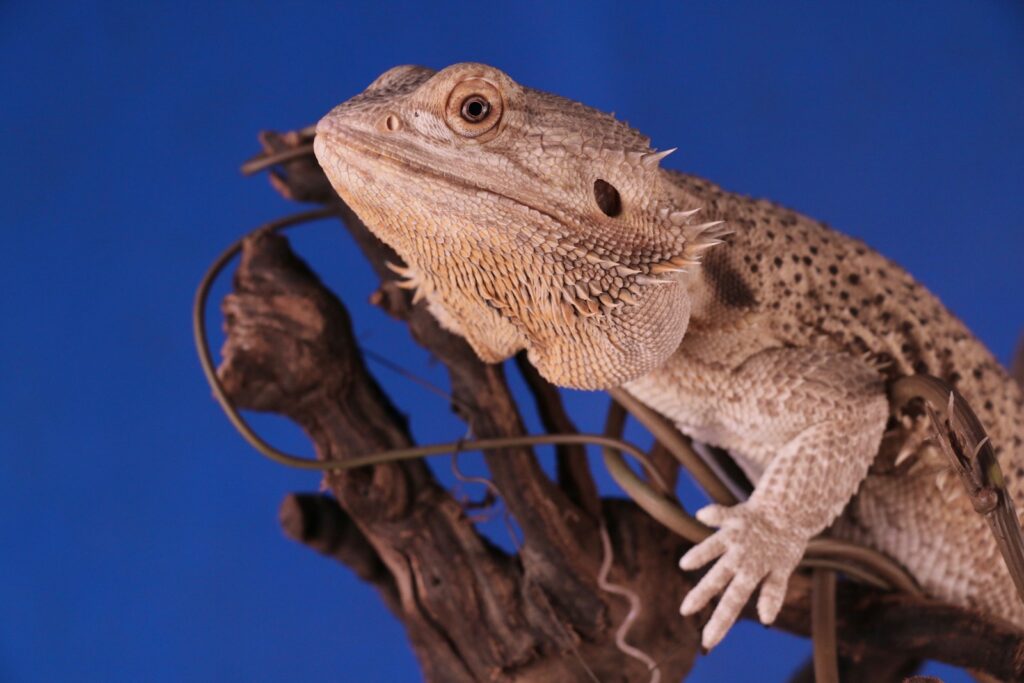
Before implementing any enrichment strategies, it’s essential to understand what your specific lizard species would naturally do in the wild. Desert-dwelling species like bearded dragons might naturally spend time basking, digging, climbing on rocks, and hunting insects. Arboreal species like crested geckos would spend much of their time climbing through branches and vegetation. Understanding these natural behaviors provides the foundation for creating appropriate stimulation in captivity. Research your specific species’ native habitat, activity patterns, and natural behaviors to better replicate these conditions in their enclosure. This knowledge will help you provide targeted enrichment that satisfies their instinctual needs and keeps them mentally engaged.
Creating a Dynamic Habitat Layout
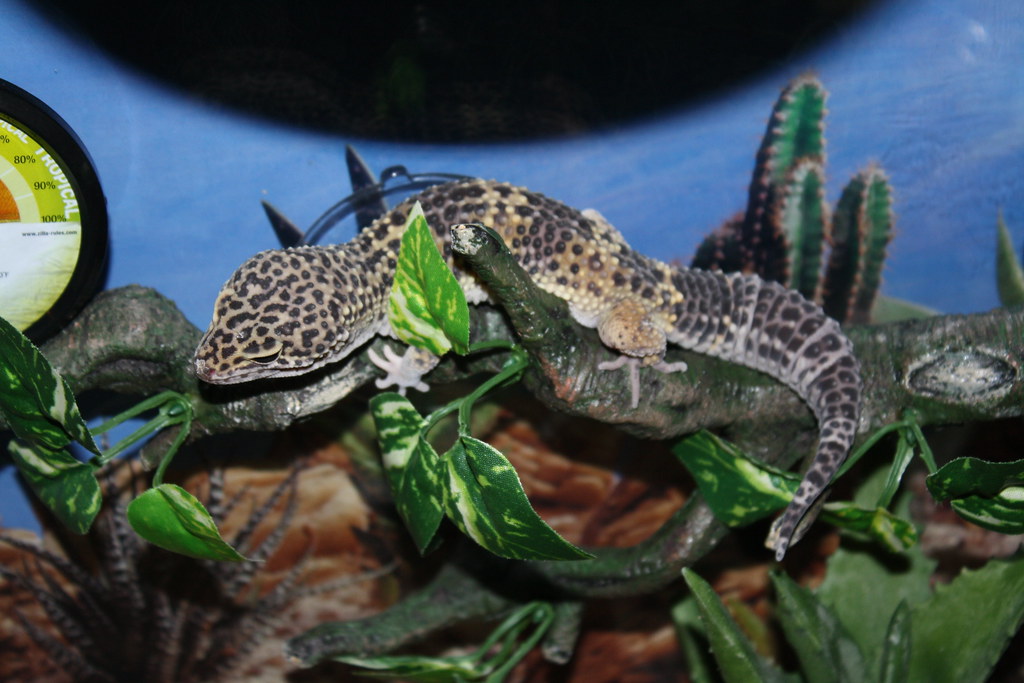
One of the most effective ways to stimulate your lizard is to create a dynamic, naturalistic habitat that allows for exploration and natural behaviors. Include various levels, hiding spots, climbing structures, and substrate types to provide a diverse environment. Rotate and rearrange these elements periodically to create new experiences and prevent habitat fatigue. Many lizard keepers find that adding safe plants (real or artificial) can significantly increase activity levels as lizards enjoy navigating through the foliage. For terrestrial species, incorporate tunnels, caves, and different substrate depths to encourage digging and burrowing behaviors. Remember that the layout should still provide clear access to essential resources like basking spots, water, and food areas.
Temperature Gradients for Activity Stimulation
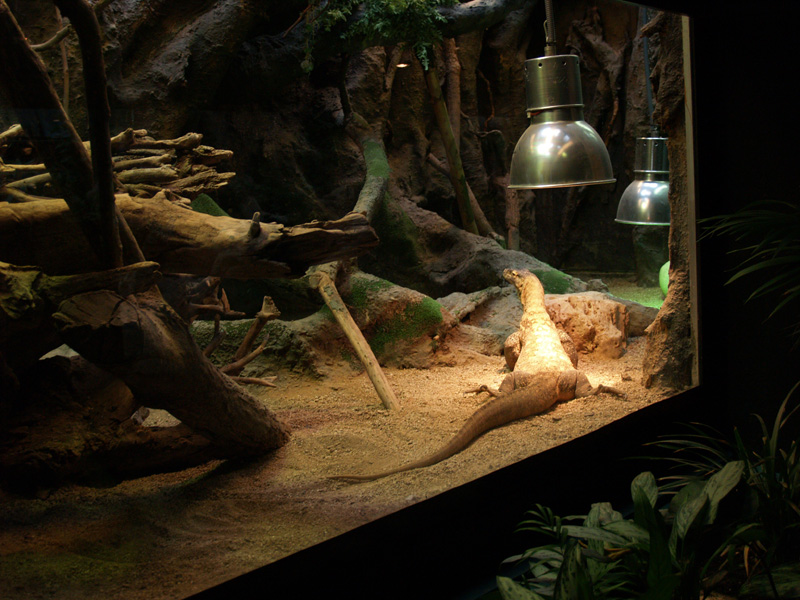
Lizards are ectothermic, meaning their activity levels are directly influenced by ambient temperatures. Creating proper temperature gradients within the enclosure not only supports health but also encourages natural behaviors and movement. Establish distinct warm and cool zones that allow your lizard to thermoregulate by moving throughout the habitat. This natural back-and-forth movement provides physical exercise and mental stimulation. Some owners find that slightly adjusting the temperatures within the appropriate range for their species can encourage more activity during observation hours. Be careful not to create temperatures outside the recommended range for your species, as this can cause stress or health issues. Remember that many lizards are most active during temperature transitions, such as morning warm-up periods.
Enriching Feeding Experiences
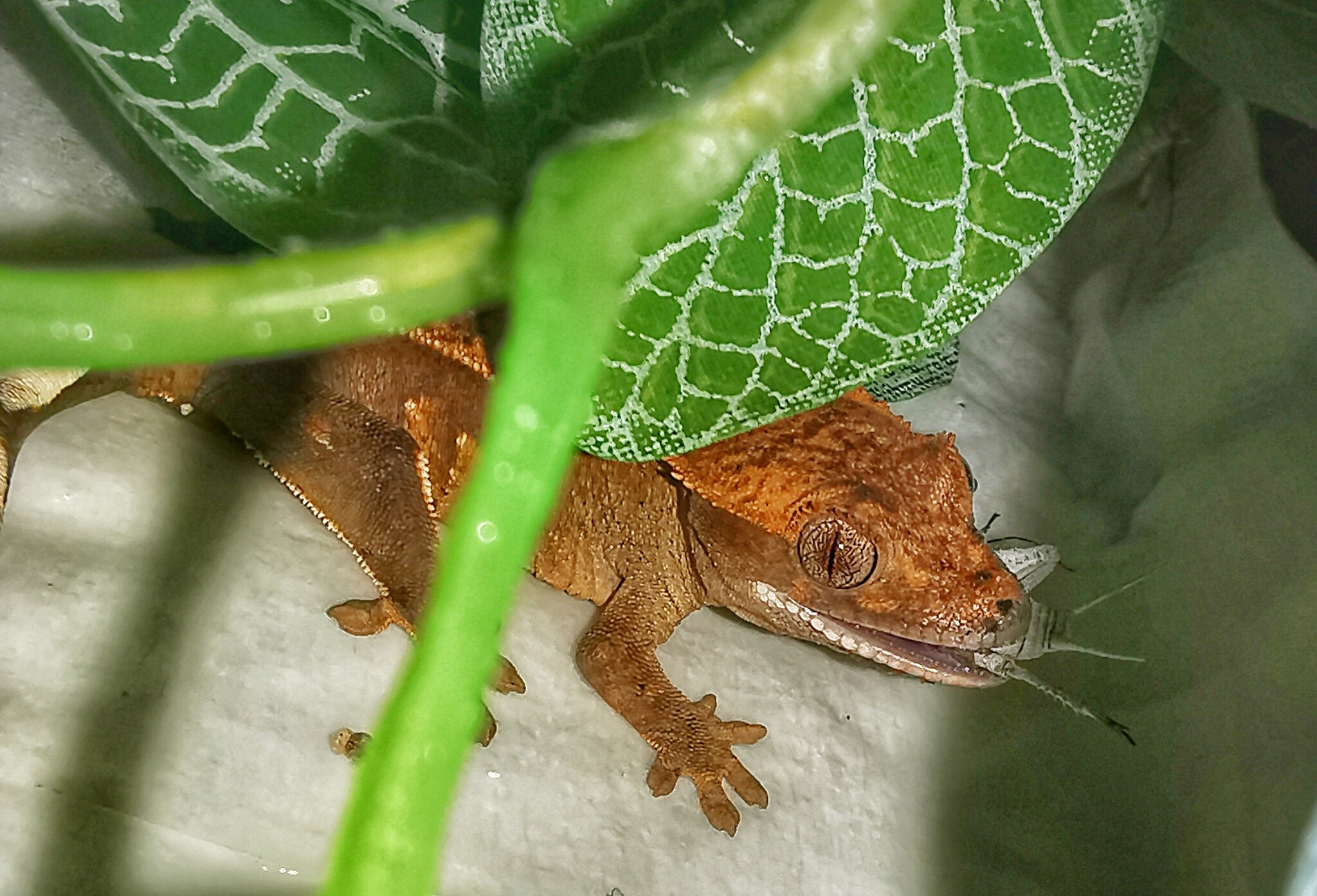
Food-based enrichment is perhaps the most engaging form of stimulation for most lizard species, tapping into their natural hunting and foraging behaviors. Instead of simply placing food in a dish, try scatter-feeding live insects throughout the enclosure to encourage hunting behaviors. For species that eat vegetation, try hanging leafy greens from the top of the enclosure or hiding food items in different locations to promote foraging. Puzzle feeders designed for reptiles can provide excellent mental stimulation, requiring your lizard to work for their food as they would in the wild. Just be careful not to make food acquisition too difficult, especially for juveniles or lizards recovering from illness. Varying the types of appropriate foods offered can also provide sensory enrichment through new tastes, textures, and hunting challenges.
Implementing Climbing Opportunities
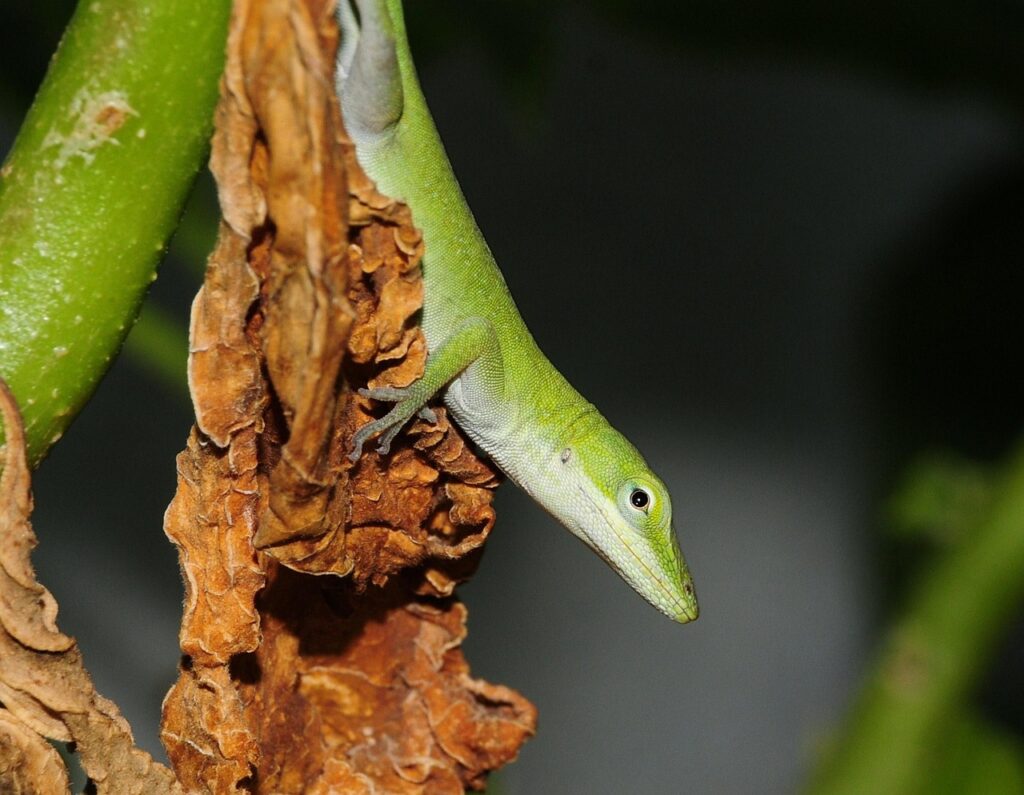
Many lizard species, even primarily terrestrial ones, benefit from having vertical space and climbing opportunities in their habitats. Secure branches, cork bark, reptile-safe ladders, hammocks, and climbing walls can transform an enclosure into a three-dimensional playground. For arboreal species like crested geckos or green anoles, these climbing structures aren’t just enrichment—they’re essential for natural behavior and physical health. Ensure that all climbing structures are securely installed and can support your lizard’s weight without risk of collapse. Position climbing elements strategically to create pathways throughout the enclosure, encouraging exploration of different areas. For larger lizards, regularly check that growing size hasn’t made previously suitable climbing structures unsafe, and upgrade as needed.
Substrate Variety for Digging and Exploration
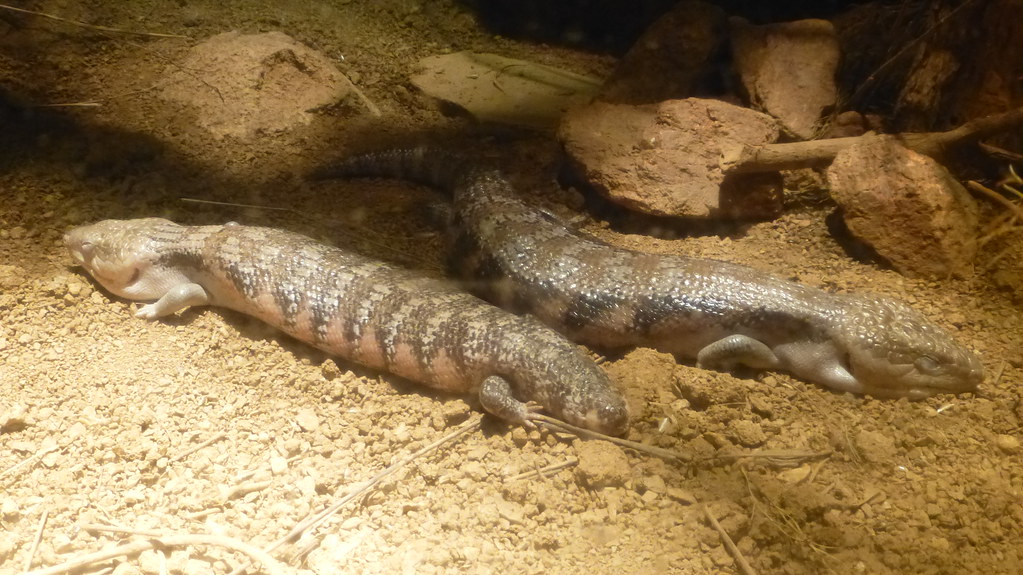
Many lizard species have natural digging behaviors that can be encouraged with appropriate substrates. Using safe, digestible substrates that allow for digging can provide hours of natural stimulation for species like bearded dragons, blue-tongued skinks, and many geckos. Create different substrate depths throughout the enclosure, with deeper areas in designated digging zones. Some owners create “dig boxes” filled with slightly moistened coconut fiber or reptile-safe soil where lizards can satisfy natural digging urges. For species that come from varied habitats, consider creating substrate zones with different textures—from harder packed areas to looser soil regions. Always research substrate safety for your specific species, as some options that work well for certain lizards may cause impaction issues for others.
Supervised Exploration Outside the Enclosure
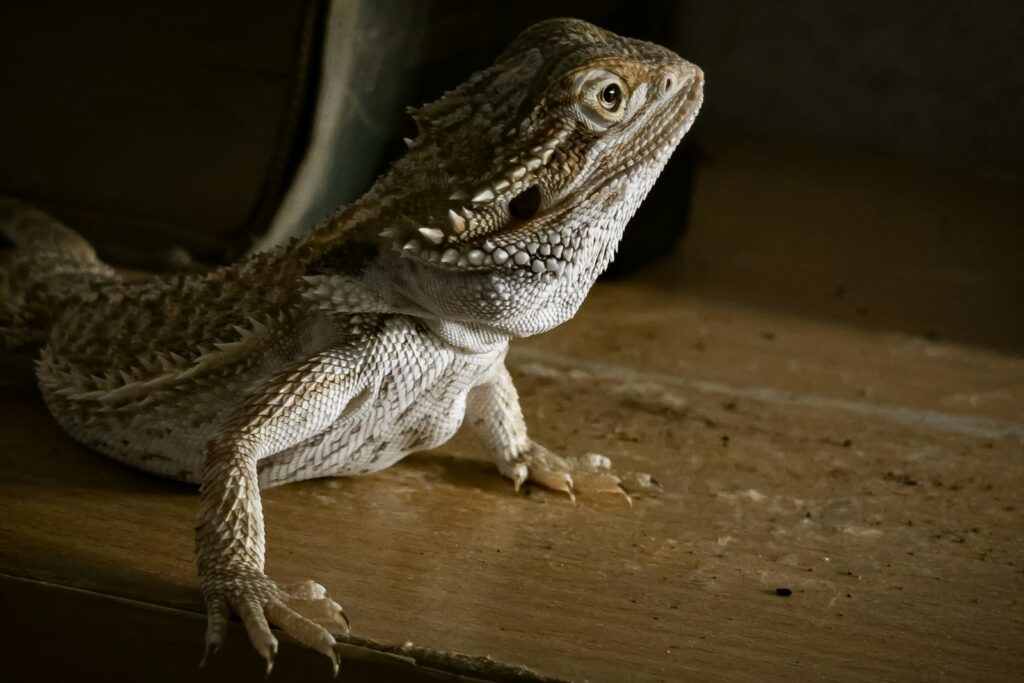
Providing supervised time outside the primary enclosure can be incredibly stimulating for many lizard species. Create a lizard-proof area where your pet can safely explore new sights, smells, and textures under your careful supervision. This might be a secure playpen designed for reptiles, a bathtub with non-slip surfaces, or even a lizard-safe room where all hazards have been removed. During these exploration sessions, ensure the temperature remains appropriate and that your lizard can’t access any dangerous areas or substances. Many lizard owners find that regular, brief exploration sessions result in more relaxed, curious pets who display more natural behaviors even when back in their primary habitats. Just be careful not to stress your lizard with too much handling or exposure to frightening situations during these sessions.
Visual Stimulation Techniques
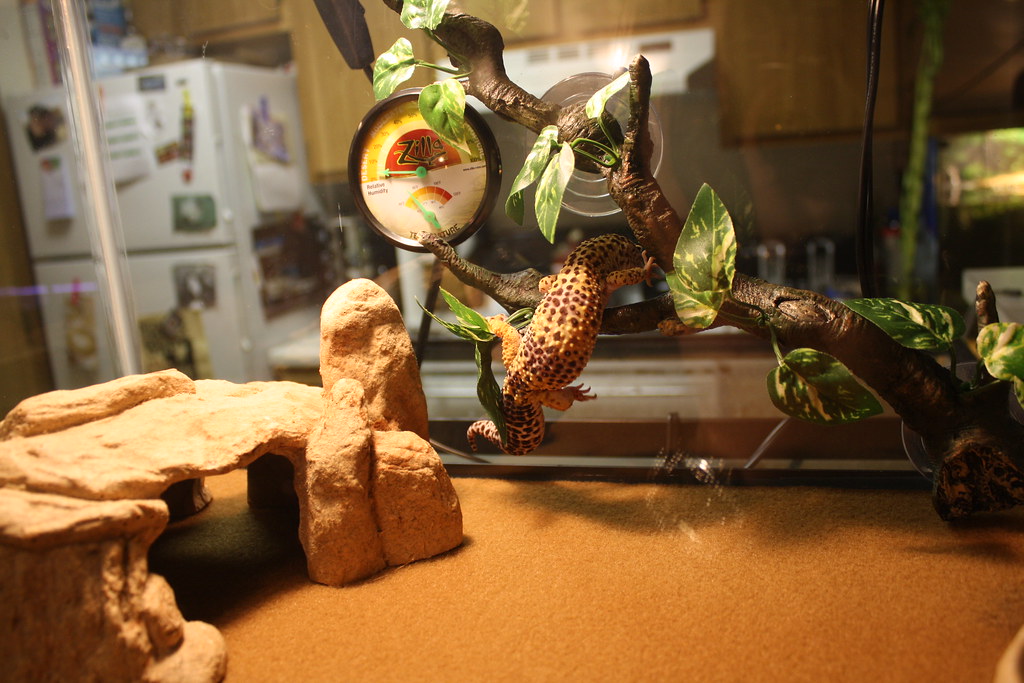
While lizards process visual information differently than mammals, many species respond positively to appropriate visual stimulation in and around their enclosures. Positioning the habitat where your lizard can safely observe household activity can provide passive enrichment as they watch movement throughout the day. Some lizards respond with interest to videos specifically designed for reptiles, showing prey items or natural environments. Many owners report increased activity when their lizards can see other lizards (in separate enclosures) or their own reflection in a secure mirror for brief periods. However, be careful with visual stimulation that might cause stress—avoid placing enclosures where predatory pets like cats might frequently appear in the lizard’s line of sight. Monitor your lizard’s body language to ensure visual stimuli are enriching rather than stressful.
Interactive Play and Training Possibilities
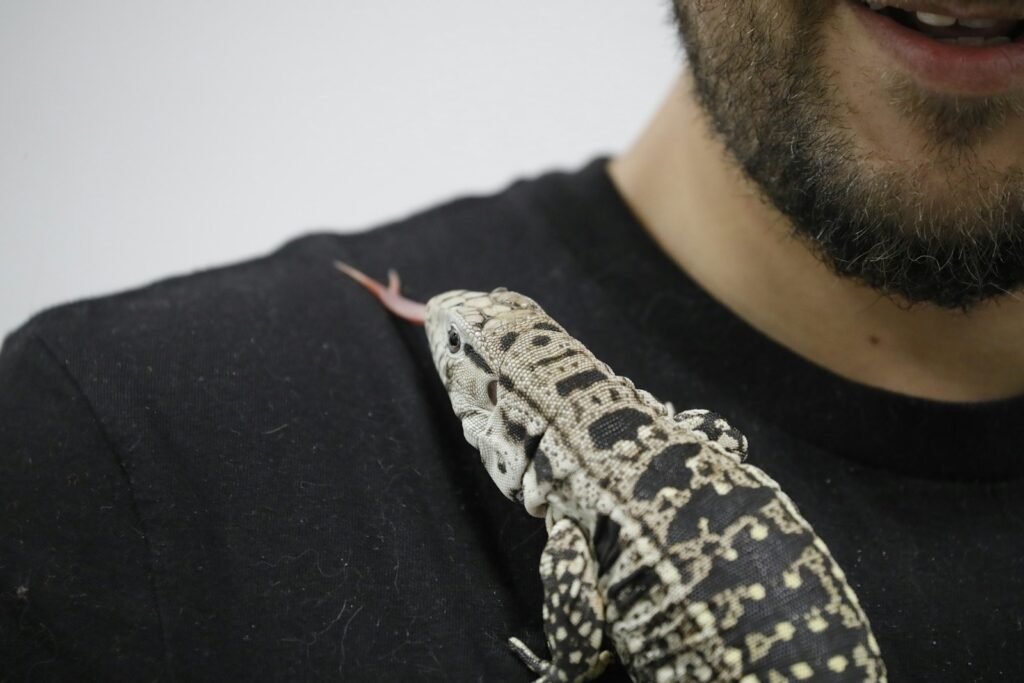
Though lizards aren’t as trainable as dogs or cats, many species can engage in simple forms of interaction that provide mental stimulation. Some bearded dragons and tegus can learn to follow a target stick or respond to gentle hand cues for food rewards. Many larger lizard species can learn to associate specific actions with positive outcomes, creating enriching interaction opportunities. Target training, where the lizard touches a specific object with its nose for a reward, can be particularly successful with more food-motivated species. For species that are comfortable with handling, maze activities where they navigate simple courses to reach a reward can provide excellent cognitive stimulation. Remember that training sessions should always be positive, brief, and conducted when your lizard is alert and willing to participate.
Seasonal and Lighting Variations
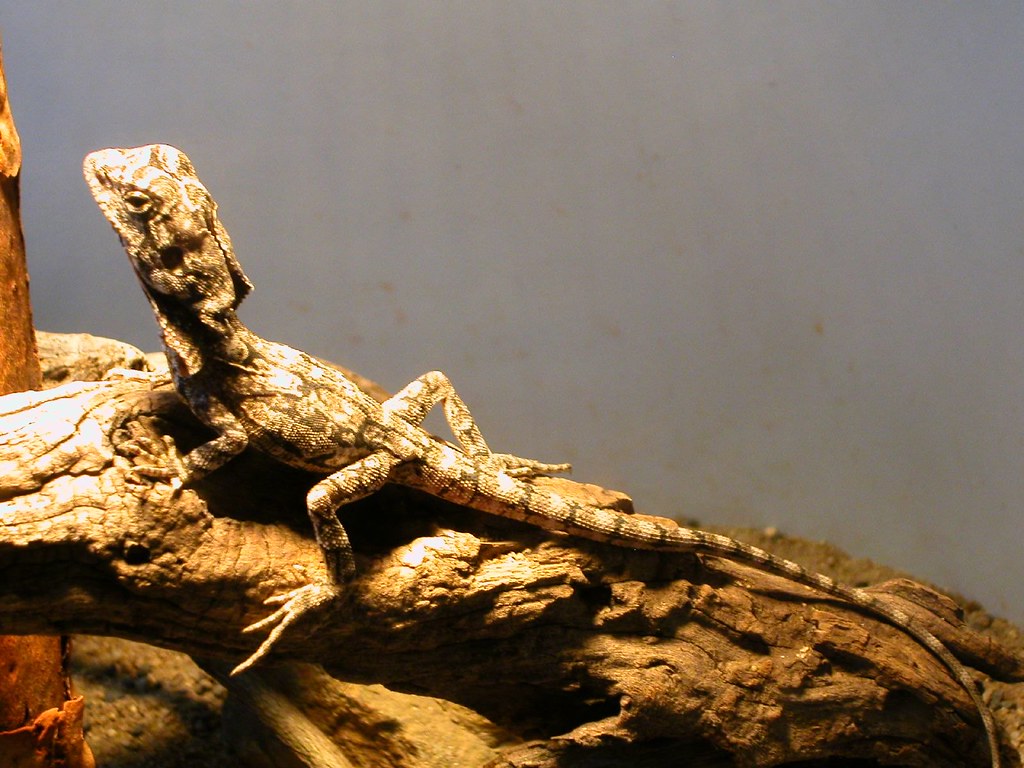
In the wild, lizards experience natural variations in light cycles, temperature, and environmental conditions that stimulate different behaviors throughout the year. Mimicking these natural variations can provide enrichment and encourage natural behaviors. Consider implementing subtle seasonal adjustments to day length and temperature ranges while staying within safe parameters for your species. Some lizard keepers use programmable lighting systems that simulate dawn and dusk transitions, which can trigger natural activity periods. For species from regions with wet and dry seasons, carefully planned humidity variations can stimulate natural behaviors associated with these seasonal changes. Always ensure that any seasonal variations maintain appropriate conditions for your specific species and don’t create stress or health risks.
Tactile Enrichment Objects
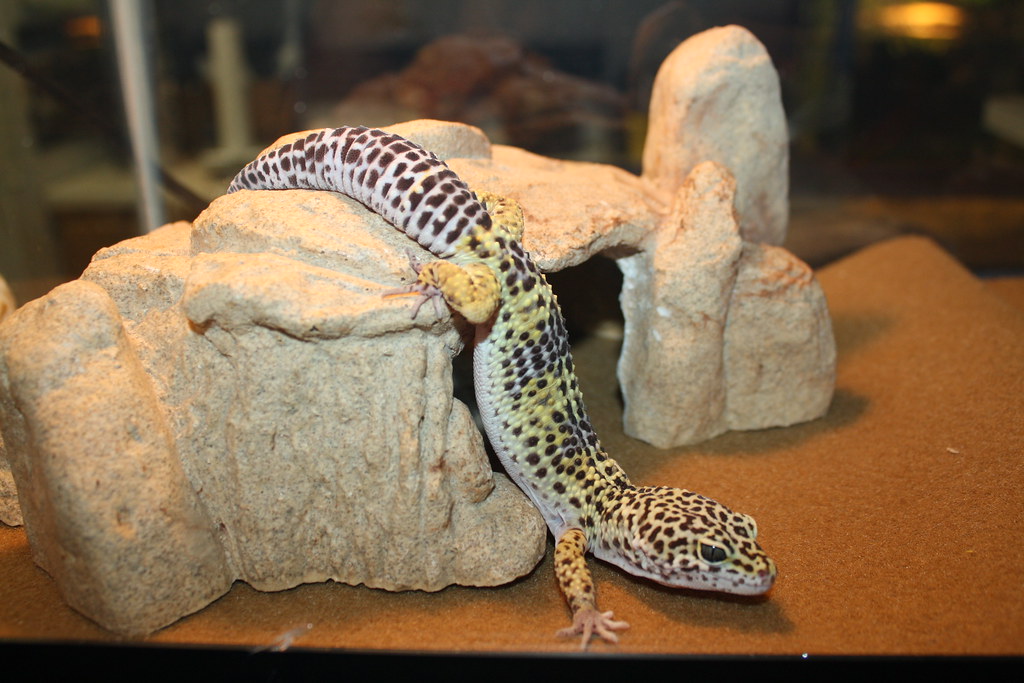
Introducing safe objects with different textures can provide tactile stimulation for curious lizards. Items like reptile-safe rocks with varied textures, cork bark pieces, safe wooden items, and specially designed reptile toys can all provide tactile enrichment. Some lizard species enjoy interacting with items they can push around, climb on, or investigate with their tongues. Always sanitize new items before adding them to the enclosure, and avoid anything with small parts that could be ingested or sharp edges that could cause injury. Some owners find that their lizards show preference for certain textures over others, which can guide future enrichment choices. Rotate tactile objects regularly to maintain novelty and interest, removing any items that show signs of damage or that your lizard seems to avoid.
Monitoring Behavioral Responses to Enrichment
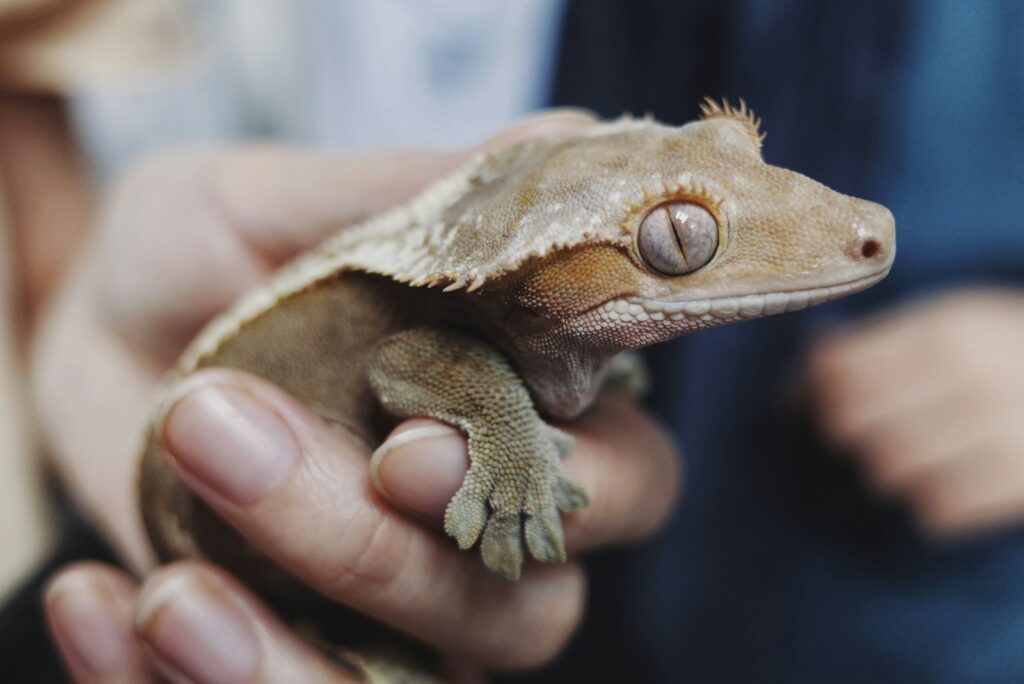
When implementing any enrichment strategy, it’s crucial to observe your lizard’s responses to determine what genuinely provides stimulation versus what might cause stress. Positive indicators include increased exploration, natural hunting or foraging behaviors, alert posture, and regular use of provided enrichment items. Signs that an enrichment strategy might be causing stress include hiding more than usual, decreased appetite, aggressive displays, or avoiding certain areas of the enclosure.
Keep a simple journal of enrichment activities and your lizard’s responses to help identify the most effective approaches for your specific pet. Remember that individual preferences vary greatly, even within the same species—what works for one lizard might not work for another. Be flexible and willing to adjust your enrichment approaches based on your observations.
Balancing Stimulation with Rest Periods
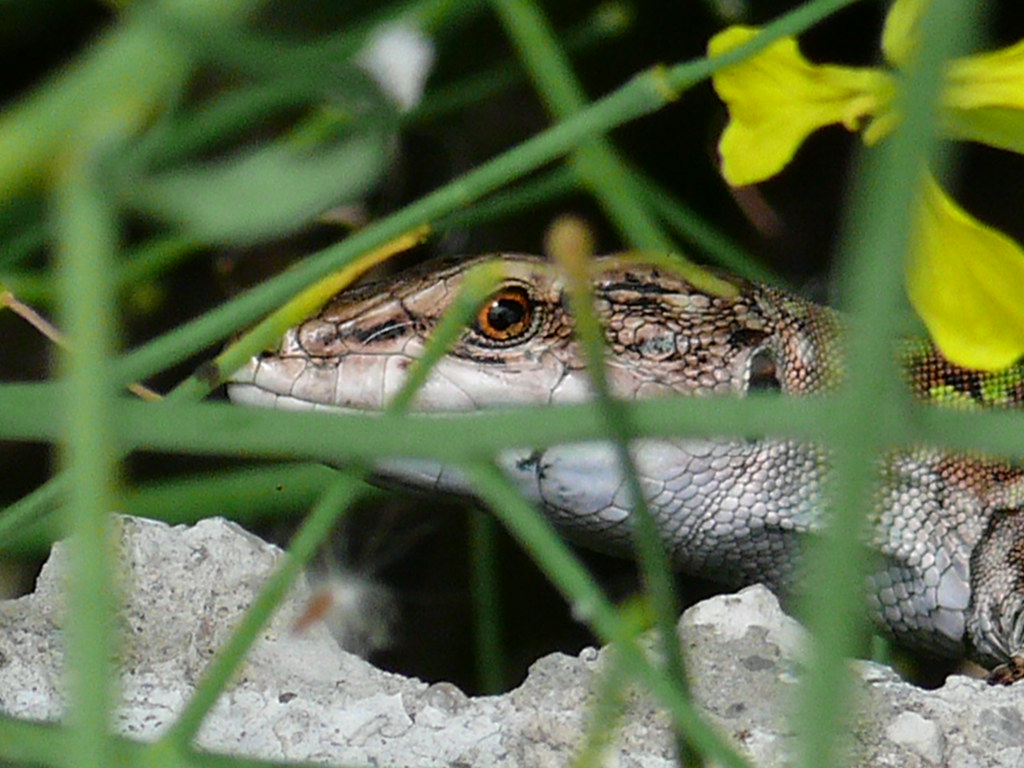
While enrichment is important, it’s equally essential to ensure your lizard has adequate opportunities for rest and security. Most lizards need access to hiding spots where they can retreat when they want to feel secure or rest undisturbed. Ensure that any enrichment program includes plenty of downtime where your lizard can choose to engage or retreat as needed.
Pay attention to your lizard’s natural activity cycles—many species have specific times of day when they’re naturally more active, which are the best times to offer enrichment opportunities. Avoid disturbing your lizard during natural rest periods, as this can cause stress rather than beneficial stimulation. A well-balanced approach to enrichment respects both the need for activity and the need for security and rest, allowing your lizard to thrive physically and mentally.
Keeping your lizard active and stimulated requires understanding their natural behaviors and creating opportunities for them to express those behaviors in captivity. Through thoughtful habitat design, varied feeding strategies, and appropriate environmental enrichment, you can help your scaly companion live a fulfilling life that satisfies their physical and mental needs. Remember that each lizard is an individual with unique preferences, so observe your pet carefully and adjust your approach based on their responses. The time and effort invested in enrichment not only benefits your lizard’s welfare but also creates a more rewarding pet-keeping experience as you observe your lizard displaying natural, engaging behaviors. With patience and creativity, you can create an environment where your lizard doesn’t just survive but truly thrives.

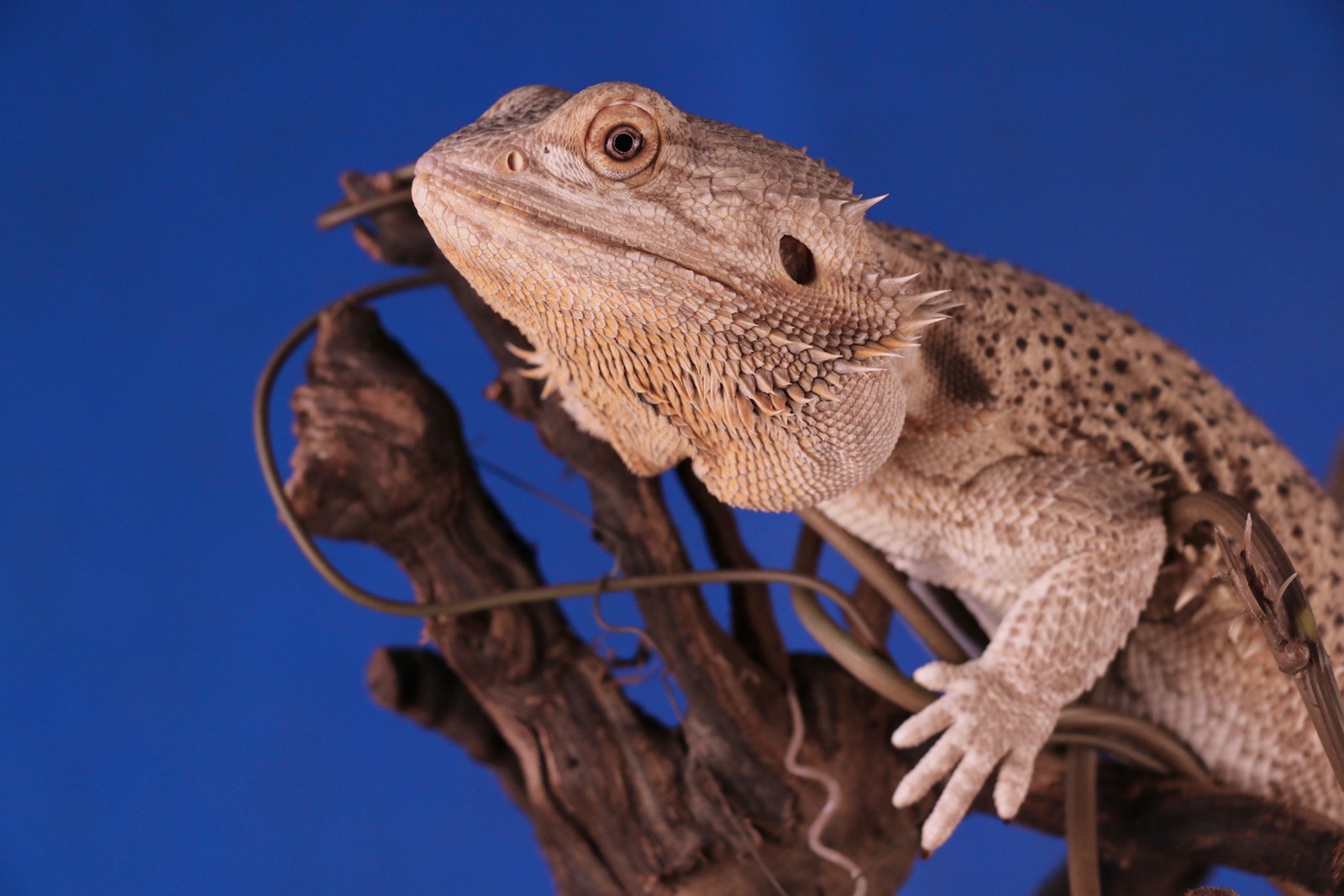
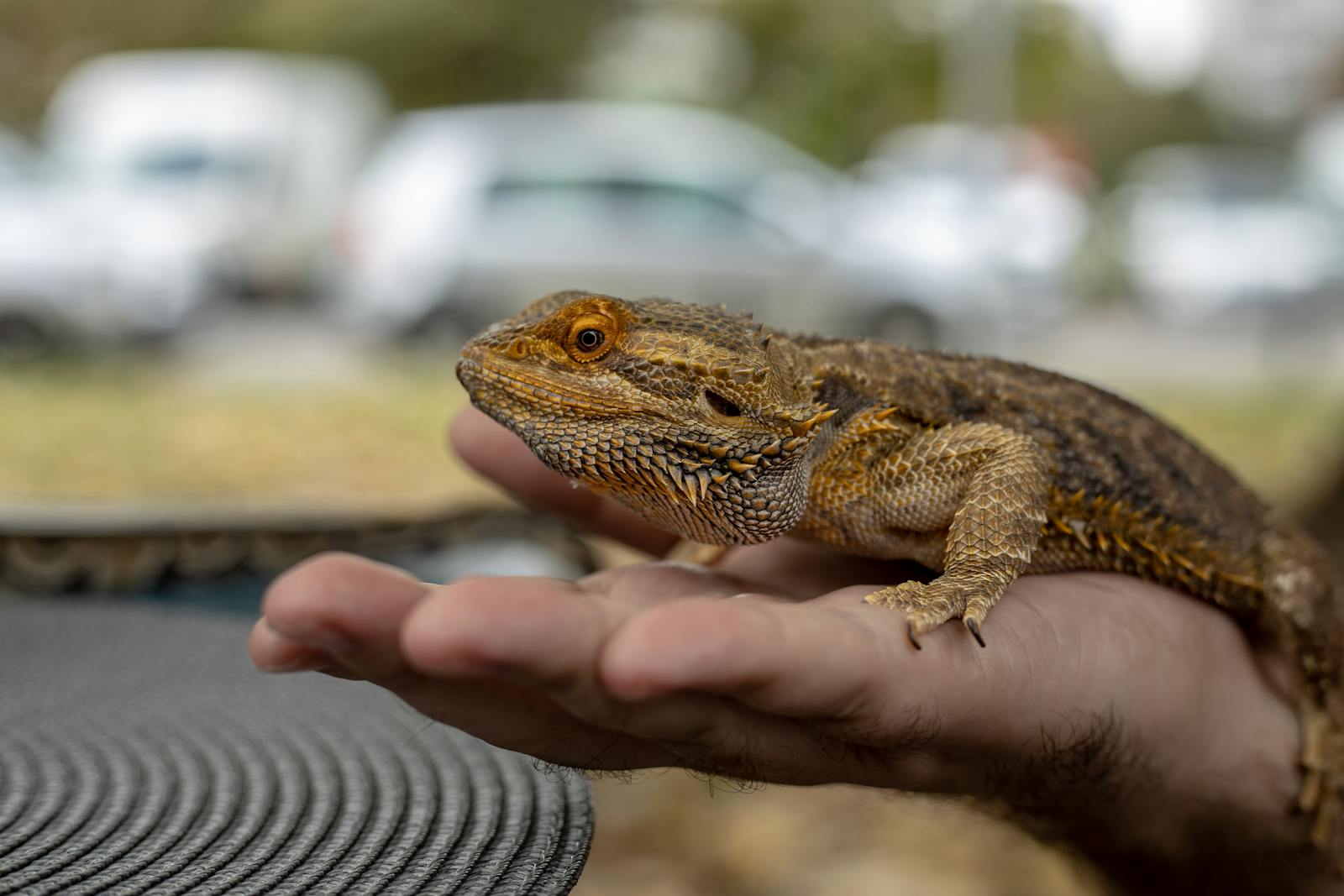
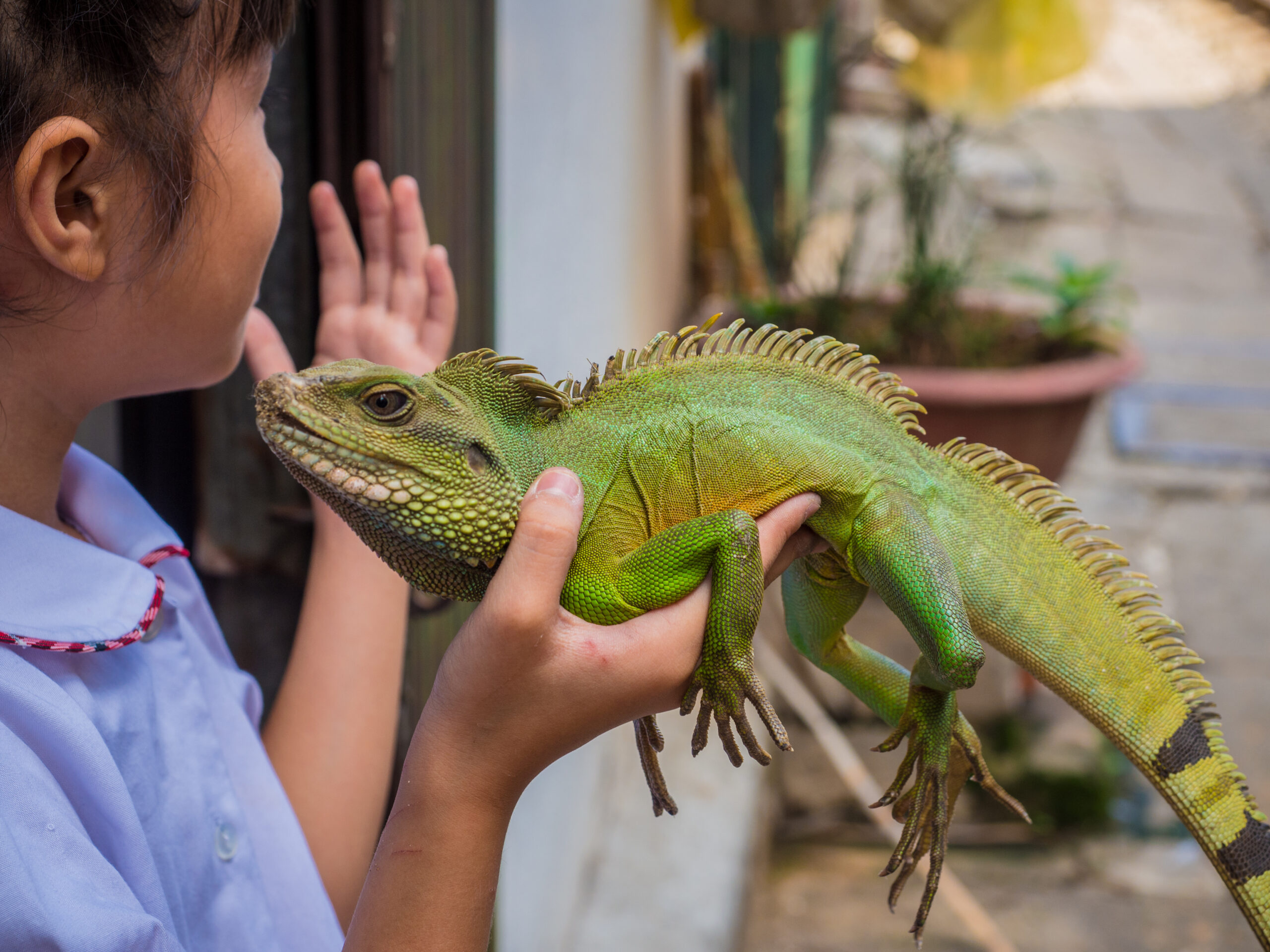
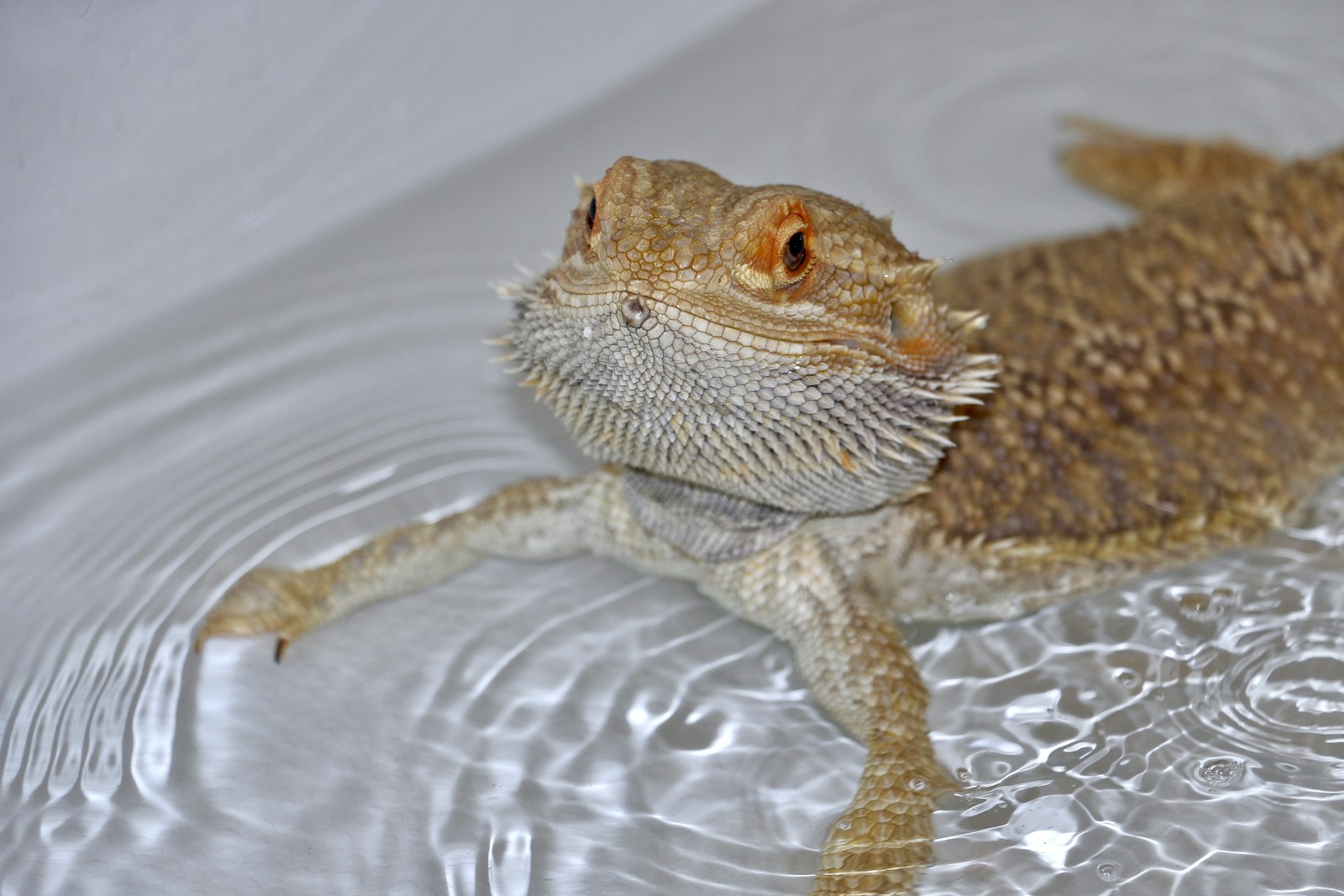
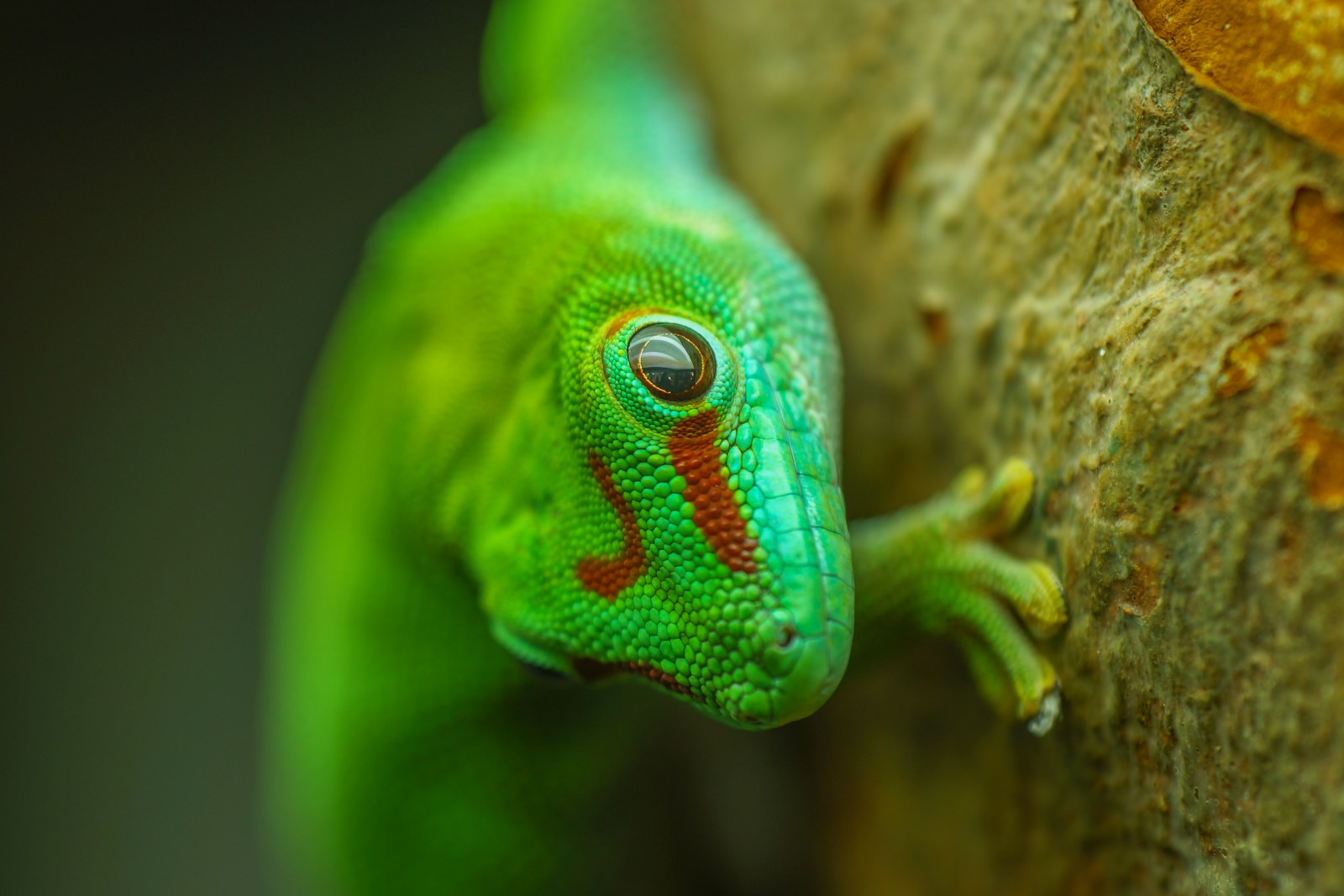
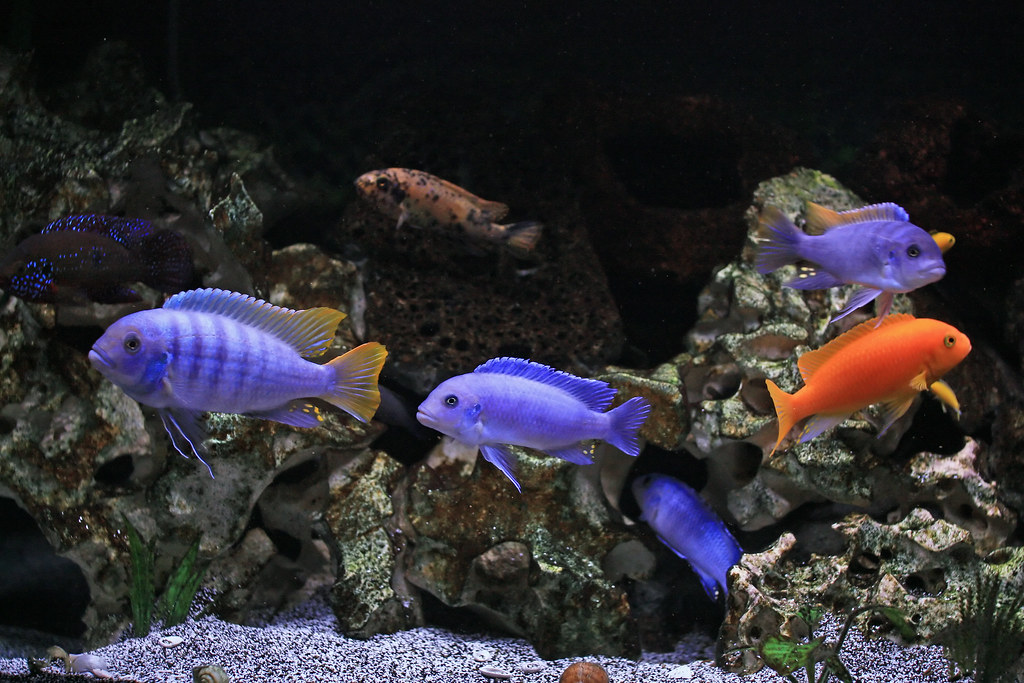
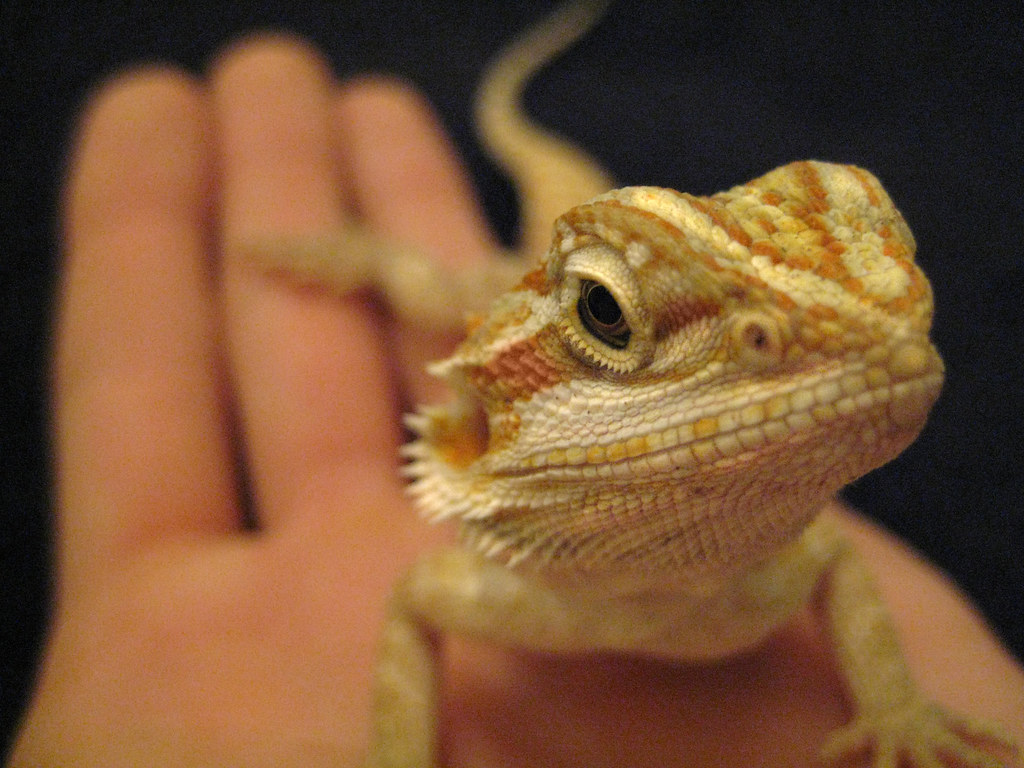
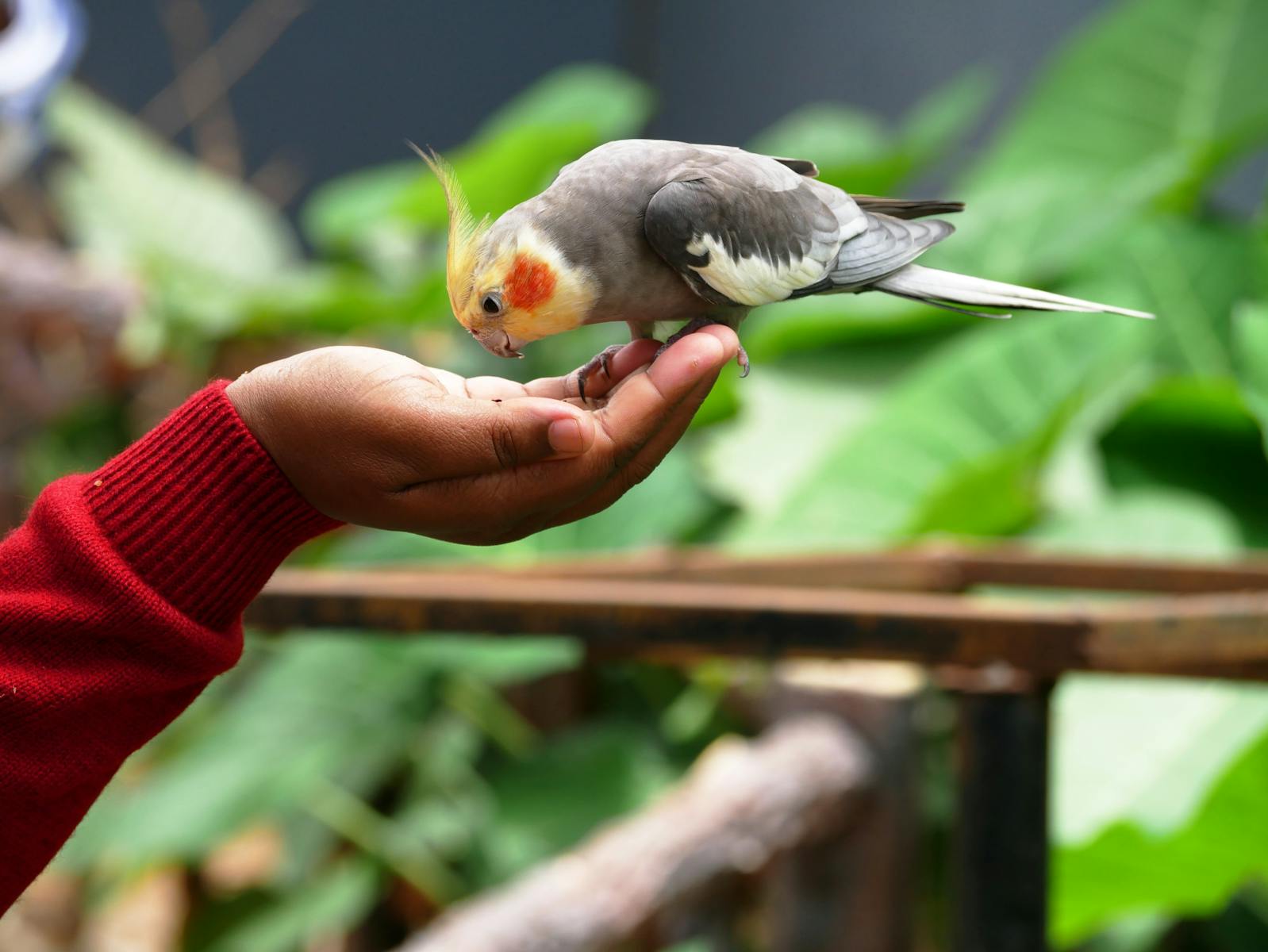
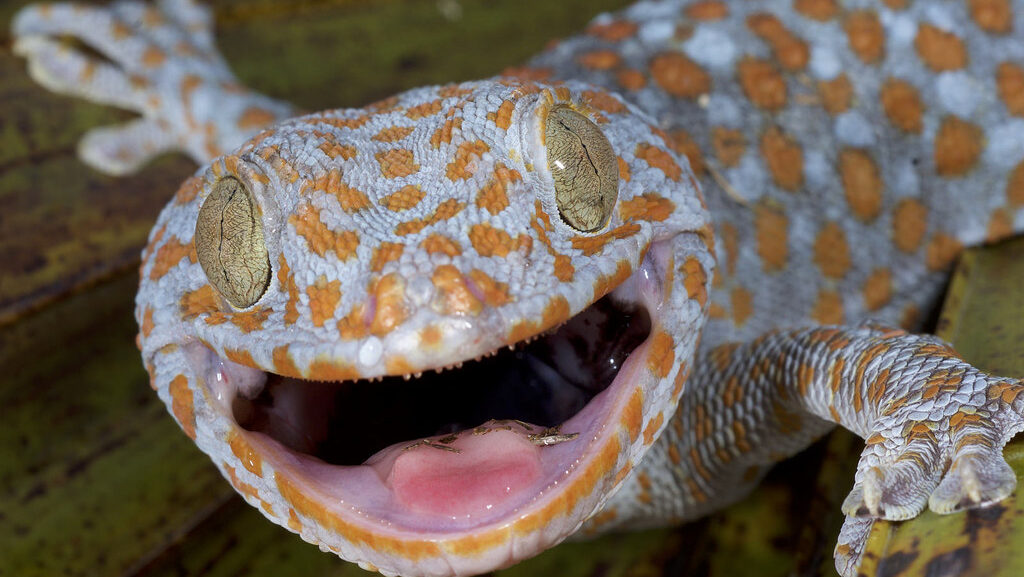
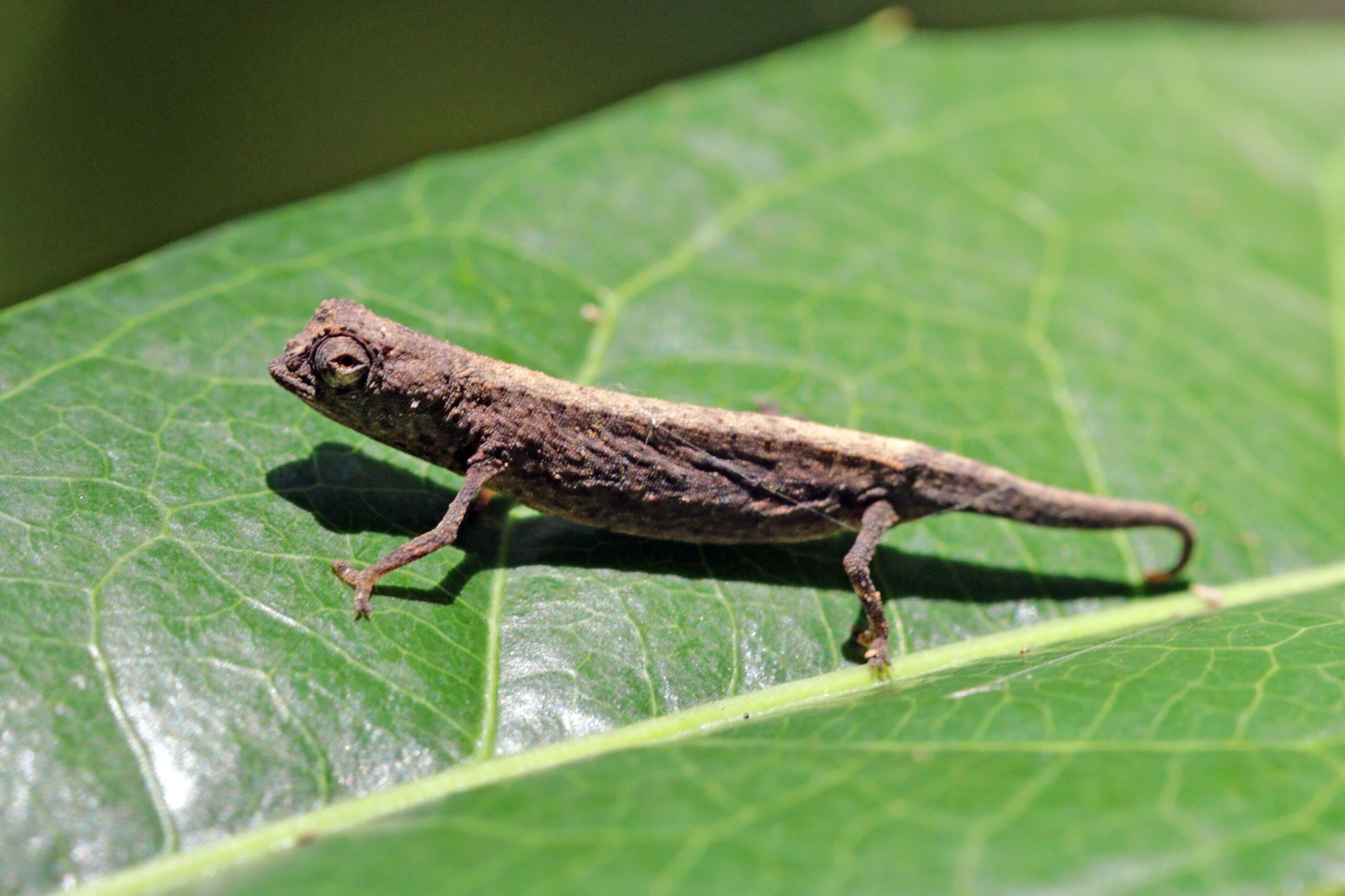
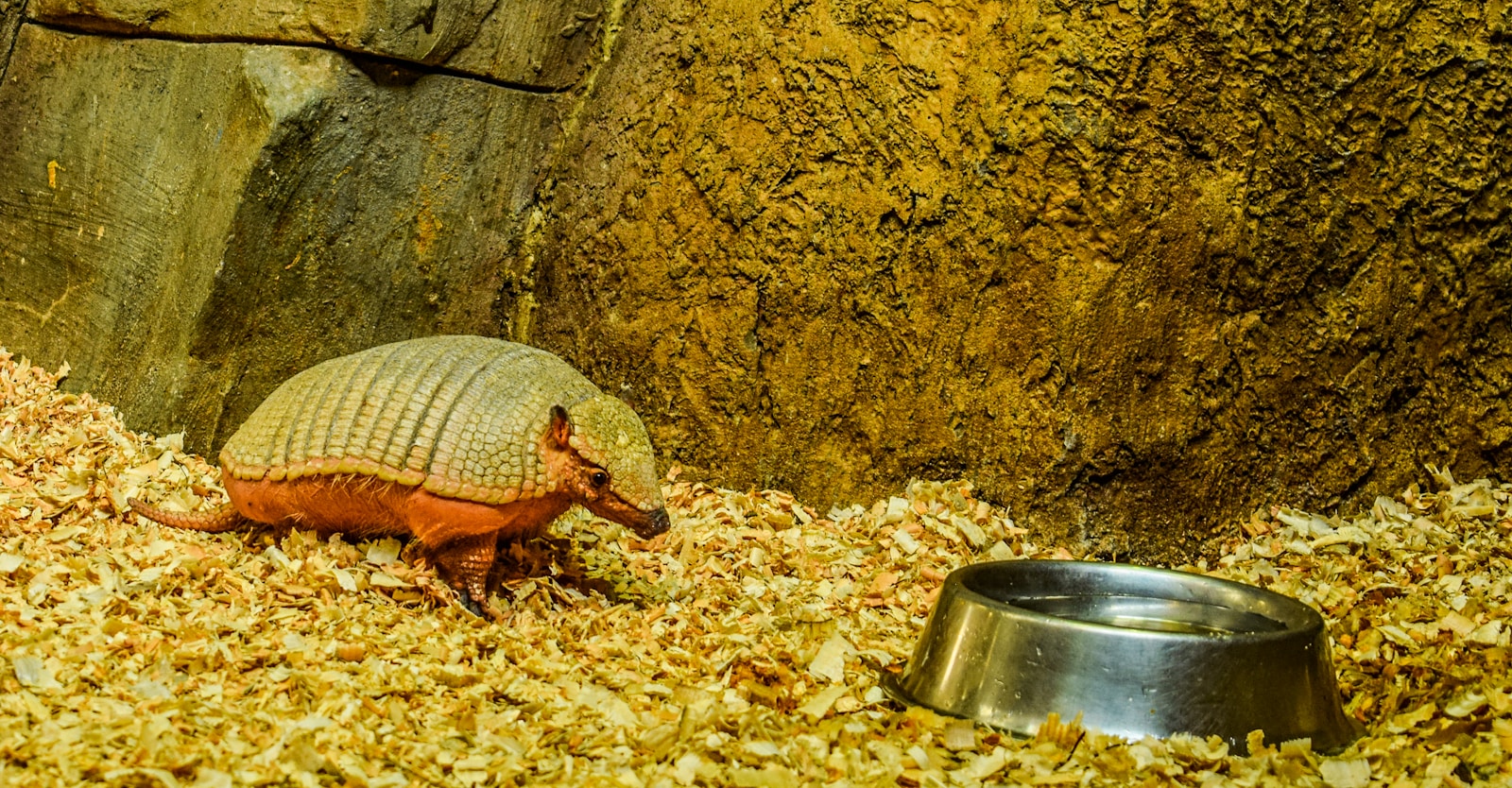




Leave a Reply